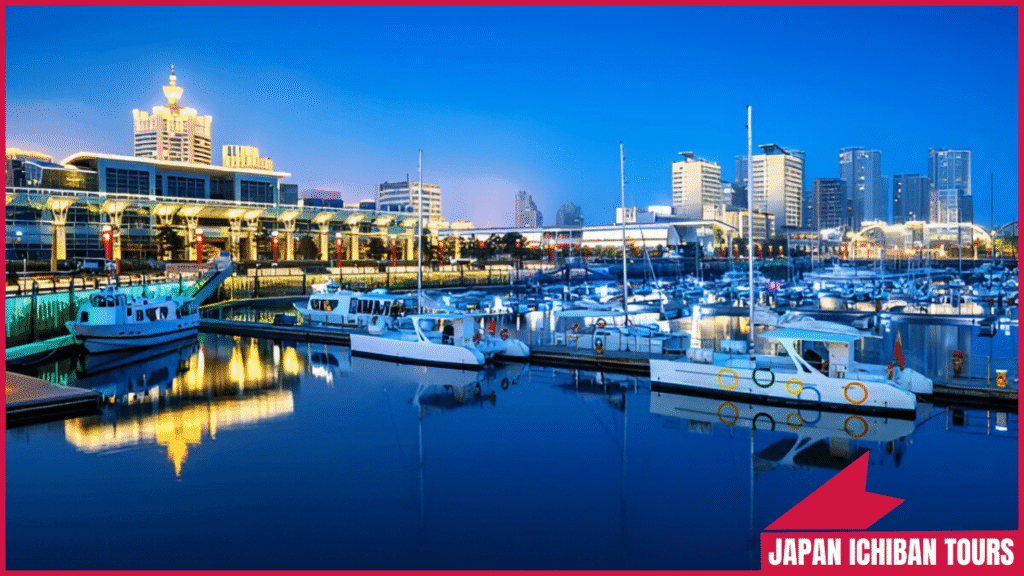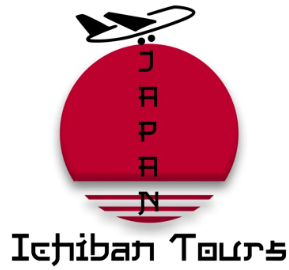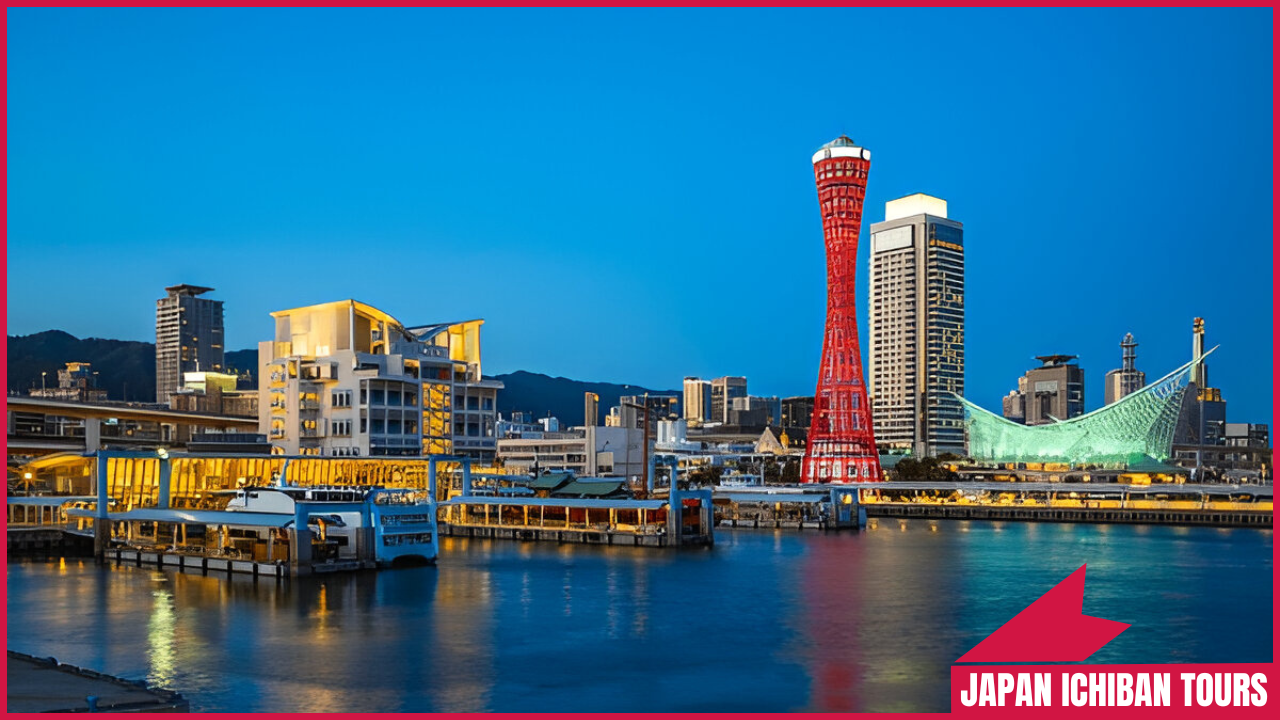Japan in 2025 is a captivating blend of ancient traditions and modern innovation, inviting travelers to explore its rich culture, world-class cuisine, and hidden treasures.
This guide unlocks the essence of Japan, offering insights into iconic cities, off-the-beaten-path gems, and authentic experiences. From vibrant festivals to serene coastal villages, elevate your journey with curated tours like the Kyoto & Osaka Amanohashidate and Ine Bay Day Trip.
Dive into Japan’s heart with practical tips for an unforgettable adventure.
Discovering Japan’s Cultural Soul
Japan’s culture is a vibrant tapestry of rituals, arts, and community spirit. Whether you’re sipping matcha in a Kyoto tea ceremony or wandering Tokyo’s retro alleys, this guide helps you connect deeply with Japan’s heritage while uncovering lesser-known destinations for a unique 2025 trip. Check More Here:- 10+ Genius Japan Travel Hacks – You Must Know!
Immersive Cultural Experiences
Tea Ceremony & Calligraphy: Timeless Arts
Japan’s traditional arts offer profound insights into its values. Join a tea ceremony in Kyoto (~$20–$40), where matcha is prepared with mindful precision, or try shodo (calligraphy) in Tokyo (~$15–$30) to craft kanji artwork. These experiences teach patience and respect, core pillars of Japanese culture.
- Why Participate: Hands-on connection to Japan’s heritage.
- Pro Tip: Book small-group workshops for personalized instruction.
Matsuri Festivals: Vibrant Traditions
Japan’s festivals (matsuri) pulse with energy, from Tottori’s Shan-Shan Festival (August) with its umbrella dances to Wakayama’s Kishu Toshogu Festival (October) featuring samurai processions. Most are free, with food stalls costing ~$10–$20 for yakitori or taiyaki.
- Highlight: Wear a yukata (summer kimono, ~$10 rental) for an authentic vibe.
- Pro Tip: Check local tourism boards for 2025 festival dates.
| Festival | Location | Month | Highlight | Cost |
|---|---|---|---|---|
| Tottori Shan-Shan | Tottori | August | Umbrella dances | Free (~$10 food) |
| Kishu Toshogu | Wakayama | October | Samurai processions | Free (~$15 food) |
Culinary Journey Through Japan
Street Food: Osaka’s Hidden Alleys
Japan’s street food scene is a cultural delight. In Osaka’s Dotonbori back alleys, savor takoyaki (octopus balls, ~$5) or kushikatsu (skewers, ~$1–$2 each). These budget-friendly bites offer authentic flavors away from tourist crowds.
- Where to Eat: Seek out small stalls for the freshest options.
- Pro Tip: Pair with a chilled Asahi beer (~$3) from nearby vending machines.
Regional Flavors: Crab to Kaiseki
Japan’s cuisine varies by region. In Tottori, indulge in crab sushi (~$10); in Kyoto, experience kaiseki (multi-course dining, ~$30–$50). During the Kyoto & Osaka Amanohashidate and Ine Bay Day Trip, taste fresh seafood in Ine’s floating restaurants (~$15–$30).
- Budget Hack: Choose lunch sets (~$8–$15) for kaiseki-style meals at lower prices.
- Pro Tip: Ask locals for hidden eateries to skip overpriced tourist spots.
Konbini Delights: Everyday Gourmet
Japan’s convenience stores (7-Eleven, Lawson, FamilyMart) are culinary gems. Grab onigiri (~$2), bento boxes (~$5), or seasonal treats like sakura mochi (~$3) for quick, high-quality meals.
- Viral Trick: Mix konbini fried chicken with rice for a filling meal (~$4).
- Pro Tip: Check for evening discounts on bento for the freshest picks.
| Food Type | Location | Cost | Must-Try | Where to Find |
|---|---|---|---|---|
| Takoyaki | Osaka | $5 | Octopus balls | Dotonbori alleys |
| Crab Sushi | Tottori | $10 | Fresh crab | Local markets |
| Onigiri | Nationwide | $2 | Rice balls | 7-Eleven, Lawson |
Hidden Gems for Authentic Travel
Ine no Funaya: Japan’s Coastal Treasure
Tucked along the Sea of Japan, Ine’s boathouses create a serene village where homes rest above the water. Accessible via the Kyoto & Osaka Amanohashidate and Ine Bay Day Trip, Ine draws just ~2,100 visitors monthly, offering kayaking (~$20) and guesthouse stays (~$80/night).
- Why Visit: Unique architecture and tranquil charm.
- Pro Tip: Visit in spring for mild weather and cherry blossoms.
Kumano Kodo: Sacred Pilgrimage
The UNESCO-listed Kumano Kodo in Wakayama Prefecture offers ancient pilgrimage trails through cedar forests and sacred shrines. Hike 2–4 hours (free) or stay in shukubo (temple lodgings, ~$60/night with vegetarian meals) for a spiritual retreat.
- Highlight: Kumano Hongu Taisha’s serene ambiance.
- Pro Tip: Carry water and wear sturdy shoes for trails.
Omihachiman: Edo-Era Serenity
Near Lake Biwa, Omihachiman’s canals and merchant houses evoke Japan’s Edo period. Take a boat ride (~$10) or visit sake breweries for tastings (~$5). The Sagicho Fire Festival in March) is a rare cultural event.
- Why Visit: Historic charm with fewer crowds than Kyoto.
- Pro Tip: Rent a bike (~$8/day) for easy exploration.
Urban Adventures in 2025

Tokyo: Neon & Retro Vibes
Tokyo pulses with energy. Explore Shibuya Crossing (free), Senso-ji Temple in Asakusa (free), and Koenji’s vintage shops (~$5–$20 for kimonos or records). Dine at Ameya-Yokocho market for gyoza (~$5–$10).
- Pro Tip: Visit Ueno Park’s museums (~$7) for art and history.
- Evening Hack: Try ramen at Ichiran (~$10) for a quick meal.
Kyoto: Timeless Heritage
Kyoto’s cultural gems include Kinkaku-ji (Golden Pavilion, ~$4), Arashiyama’s Bamboo Grove (~$5), and Nishiki Market (~$2–$5 for snacks). Stroll Pontocho Alley for riverside dining (~$15–$30).
- Pro Tip: Arrive at Fushimi Inari by 7 AM for quiet photos.
- Hack: Use bike rentals (~$10/day) to explore temples.
Osaka: Culinary Capital
Osaka’s Dotonbori alleys offer kushikatsu (~$1–$2) and okonomiyaki (~$10). Visit Osaka Castle (~$5) and Umeda Sky Building (~$10) for skyline views. Explore Kuromon Market for sushi (~$5–$10).
- Pro Tip: Visit after 8 PM for lively market vibes.
- Tip: Try lunch at Kuromon for fresh catches.
Practical Travel Hacks
Seamless Transportation
Use a JR Pass (~$300 for 14 days) for Shinkansen and regional trains, or opt for regional passes like JR Kansai-Hiroshima (~$90 for 5 days). IC cards (Suica/Pasmo, ~$20) cover local buses and trains.
- Pro Tip: Book Shinkansen seats early online.
- Hack: Use takkyubin (~$15–$25) to forward luggage to your next stop.
Affordable Accommodations
Choose capsule hotels (~$20–$30/night), hostels (~$15–$25/night), or minshuku (~$50–$80). Shukubo in Wakayama (~$60) include vegetarian meals for a unique stay.
- Pro Tip: Book via Booking.com for deals.
- Hack: Try love hotels (~$40–$80) for quirky private rooms.
Stay Connected
Purchase an eSIM (Airalo, Ubigi, ~$10–$20 for 1–2 GB daily data) for navigation and translation. Download Google Translate and Maps.me for offline access.
- Pro Tip: Carry a portable charger.
- Hack: Use free Wi-Fi at konbini or train stations.
| Travel Hack | Details | Cost | Benefit | Where to Apply |
|---|---|---|---|---|
| JR Pass | Unlimited Shinkansen travel | $300 (14 days) | Saves ~30% on trains | Nationwide |
| eSIM | 1–2 GB daily data | $10–$20 | Easy navigation | Airports, online |
| Takkyubin | Luggage delivery | $15–$25 | Hands-free travel | Hotels, konbini |
Respecting Japanese Etiquette
Embrace Japan’s customs for a smoother journey:
- Bow slightly when greeting or thanking.
- Remove shoes in temples, ryokan, and some restaurants.
- Avoid tipping; it’s considered impolite.
- Don’t eat or talk loudly on trains.
- Pro Tip: Carry a small towel for public restrooms (some lack paper).
- Hack: Learn phrases like “Arigatou” (thank you) or “Sumimasen” (excuse me).
Troubleshooting Travel Challenges
Navigating Rural Areas
Rural gems like Kumano Kodo have limited English signage. Use offline apps like Maps.me or a phrasebook. Koban (police boxes) offer friendly help.
- Pro Tip: Write your destination’s Japanese name for clarity.
Managing Crowds
Even hidden gems can get busy during festivals. Visit early (7–9 AM) or book guided tours for quieter access. Use Navitime’s congestion tracker for real-time updates.
- Pro Tip: Avoid Golden Week (late April–early May).
Lost Items
Japan’s lost-and-found system is exceptional. Report lost items at stations or koban; most are returned within hours (free to report, ~$5–$10 for mailed items).
- Pro Tip: Attach a contact tag to valuables with your hotel’s details.
Maximizing Your 2025 Adventure
Explore by Bicycle
Rent bikes (~$10/day) in Omihachiman or Ine for flexible exploration. Bike lanes ensure safety and eco-friendly travel.
- Pro Tip: Some guesthouses offer free rentals.
- Hack: Lock bikes securely at stations.
Unique Stays
Stay in minshuku (~$50–$80) or shukubo (~$60) for cultural immersion. Love hotels (~$40–$80) offer quirky, private rooms in cities.
- Pro Tip: Book temple lodgings directly for better rates.
- Hack: Check Airbnb for unique rural stays.
Capture the Moment
Japan’s gems are photogenic. Use a smartphone or compact DSLR for shots of Ine’s boathouses or Kumano Kodo’s forests. Visit at sunrise for soft lighting.
- Pro Tip: Share photos with hashtags like #HiddenJapan.
Conclusion
Unlock Japan’s culture, cuisine, and hidden gems in 2025 with this guide. From Osaka’s street food to Ine’s serene boathouses, experiences like the Kyoto & Osaka Amanohashidate and Ine Bay Day Trip elevate your journey. Embrace local customs, plan smart, and create memories that last a lifetime.
FAQs
What are Japan’s must-try cultural experiences in 2025?
Join a tea ceremony in Kyoto (~$20–$40) or attend festivals like Tottori’s Shan-Shan (free) for authentic immersion.
How can I eat well on a budget in Japan?
Grab konbini meals (~$2–$5) or street food like takoyaki (~$5) in Osaka’s alleys for quality and value.
What makes hidden gems like Ine no Funaya special?
Ine’s floating boathouses offer tranquility and unique architecture, with fewer crowds than Kyoto or Tokyo.
How do I navigate Japan’s rural areas?
Use an eSIM (~$10–$20 for daily data) and offline apps like Maps.me for places like Kumano Kodo.
When’s the best time to visit Japan?
Spring (March–April) and autumn (October–November) offer mild weather and stunning scenery for festivals and hidden gems.





1 Comment
What Are the Best Things to Do in Kyoto? - in 2025 · August 12, 2025 at 8:44 pm
[…] Whether you’re a first-timer or a seasoned visitor, these activities will make your 2025 Kyoto adventure unforgettable. Check More Here:- Japan Unlocked – Culture, Food & Hidden Gems in 2025 […]